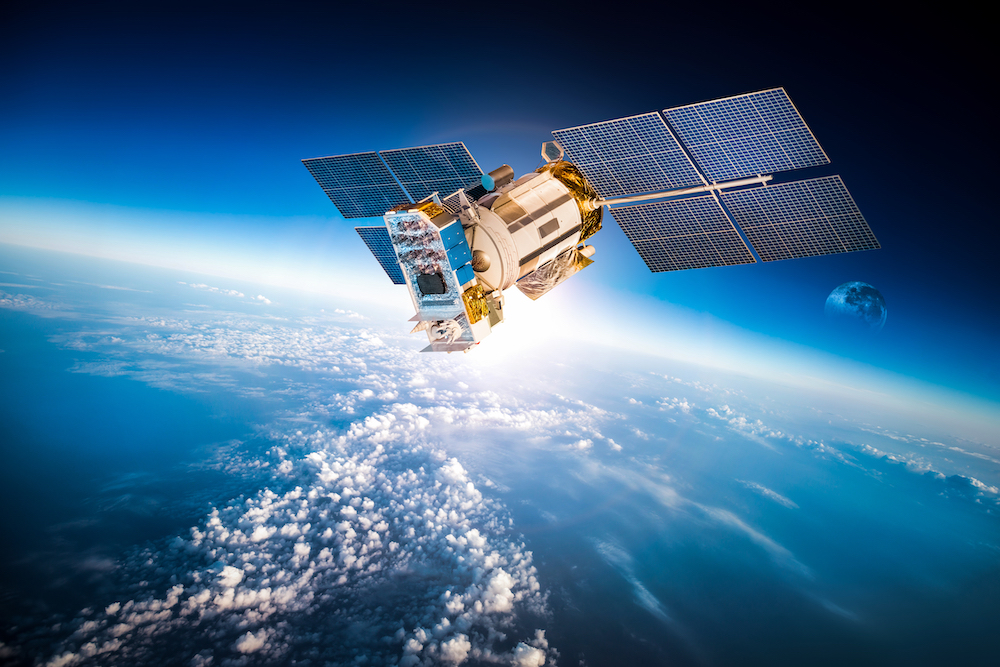On May 20, 2020, the Department of Commerce (“Commerce”), through the National Oceanic and Atmospheric Administration (“NOAA”), released new regulations to streamline the licensing process for U.S. satellite remote sensing operators. The new regulations came in response to Space Policy Directive-2, Streamlining Regulations on Commercial Use of Space (SPD-2), as signed by President Trump on May 24, 2018. SPD-2 directed Commerce to review its current private remote sensing licensing regulations and revise them according to newly stated policy to encourage U.S. innovation and leadership in this important space technology.
The previous NOAA regulations from 2006 placed the burden of protecting national security and international obligations on private operators through permanent license conditions which restricted specific technology and remained effective until a new rulemaking was undertaken. Under the revised rule, temporary conditions, effective for one year (unless renewed), give the U.S. government time to adapt to novel technology wherever possible, leaving the burden of protecting national security and international obligations with the U.S. government.
Streamlining the licensing required two major changes. First, Commerce will categorize systems based on an analysis of whether the enhanced data to be generated by the protected systems are already available, either in the U.S. or in other nations. Second, Commerce will eliminate most of the permanent license conditions already in current licenses and license appendices, maintaining a minimum number, such as those required by Act or other law.
Commerce will categorize applicants into three tiers based on the availability of similar data from other sources, rather than on a determination of the risk they pose to national security. Tiers will be fluid, and licenses may be recategorized as other entities develop similar capabilities, thus allowing licensees to remain competitive.
The tier structure is as follows:
- Tier 1 includes applicants who propose a system that is capable only of producing unenhanced data substantially the same as unenhanced data currently available from sources not regulated by Commerce. These applicants will receive the bare minimum of conditions. For instance, these entities will not need to comply with shutter control, or any operational limitations, including restrictions on non-Earth imaging (NEI), nighttime imaging, and the like.
- Tier 2 includes applicants who propose a system that is capable of producing unenhanced data that is substantially the same as unenhanced data currently available from other U.S. sources only. Tier 2 operators will be required to obtain the consent of the owner of any Artificial Resident Space Object (ARSO) orbiting the Earth and to notify the Secretary of Commerce five days before conducting resolved imaging operations of the ARSO. Tier 2 operators may be subject to limited-operations directives, such as restricting the dissemination of data, protecting data through encrypting satellite tracking, telemetry, and control (TT&C), protecting mission data transmissions, or meeting international obligations.
- Tier 3 includes applicants who propose a system that is capable of producing unenhanced data that are essentially unique – e., there are no foreign or domestic competitors. In addition to the Tier 2 requirements that apply to this tier, Tier 3 may be subject to temporary, custom-like conditions.
Commerce will be accepting comments on this final rule until June 19, 2020. The effective date is scheduled for July 20, 2020.

